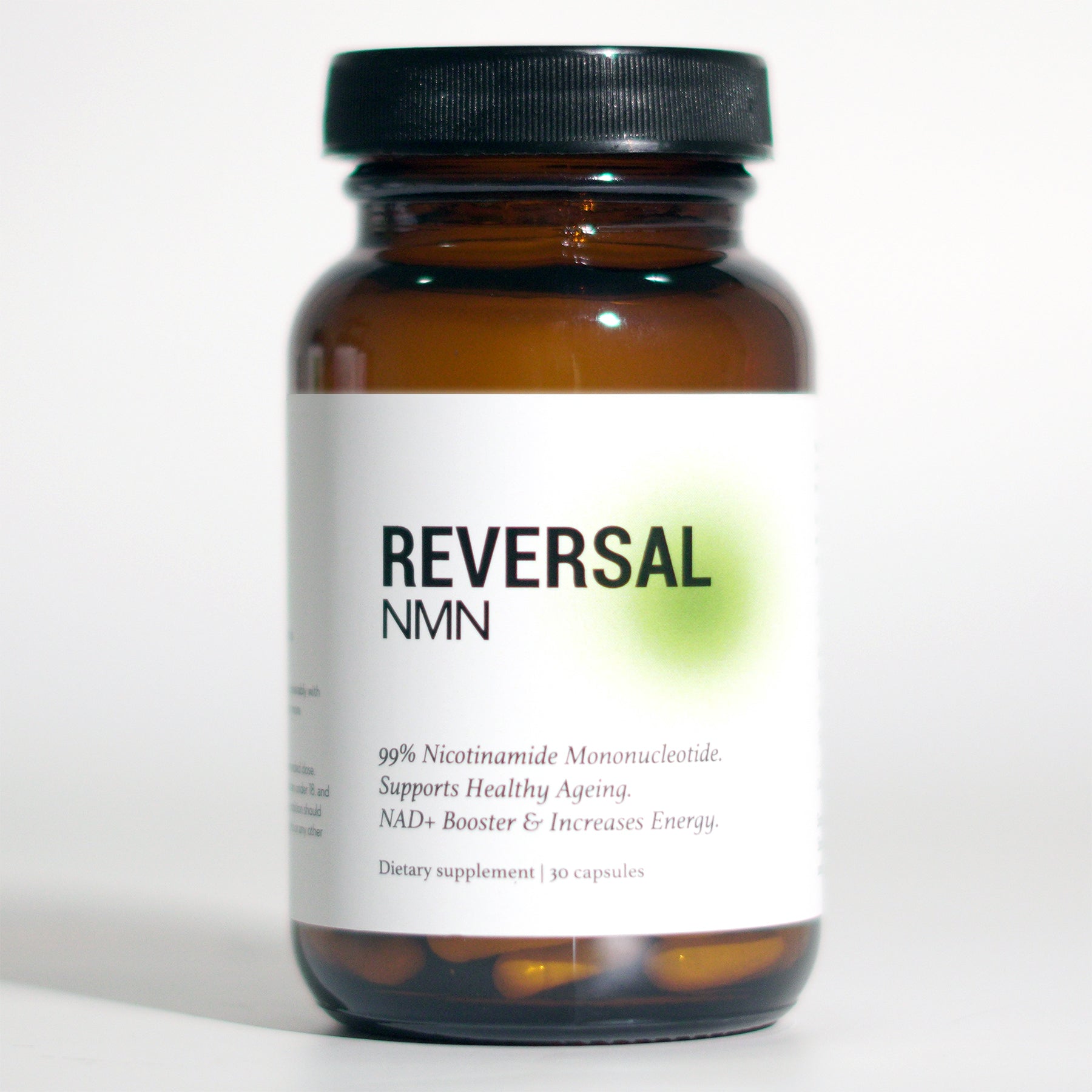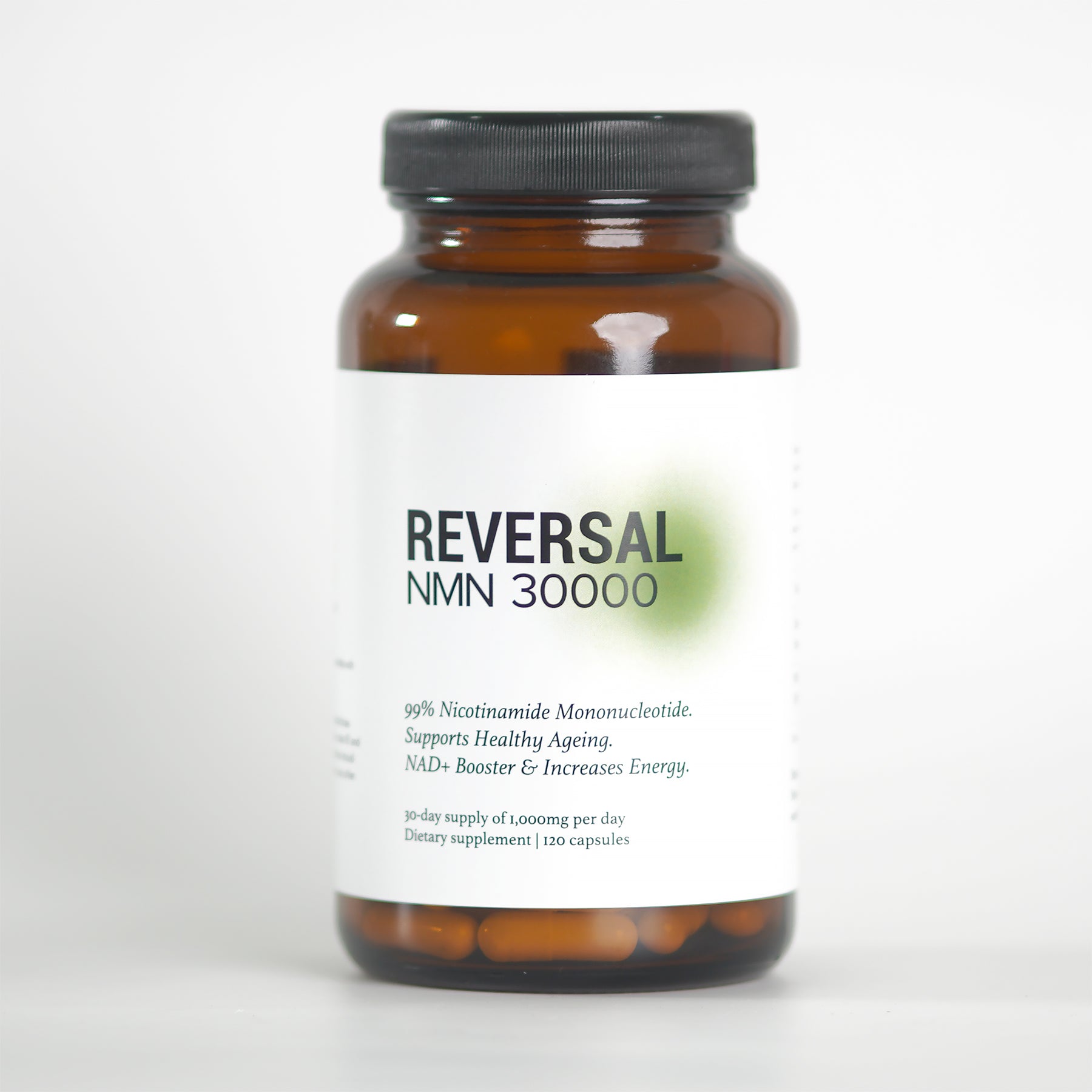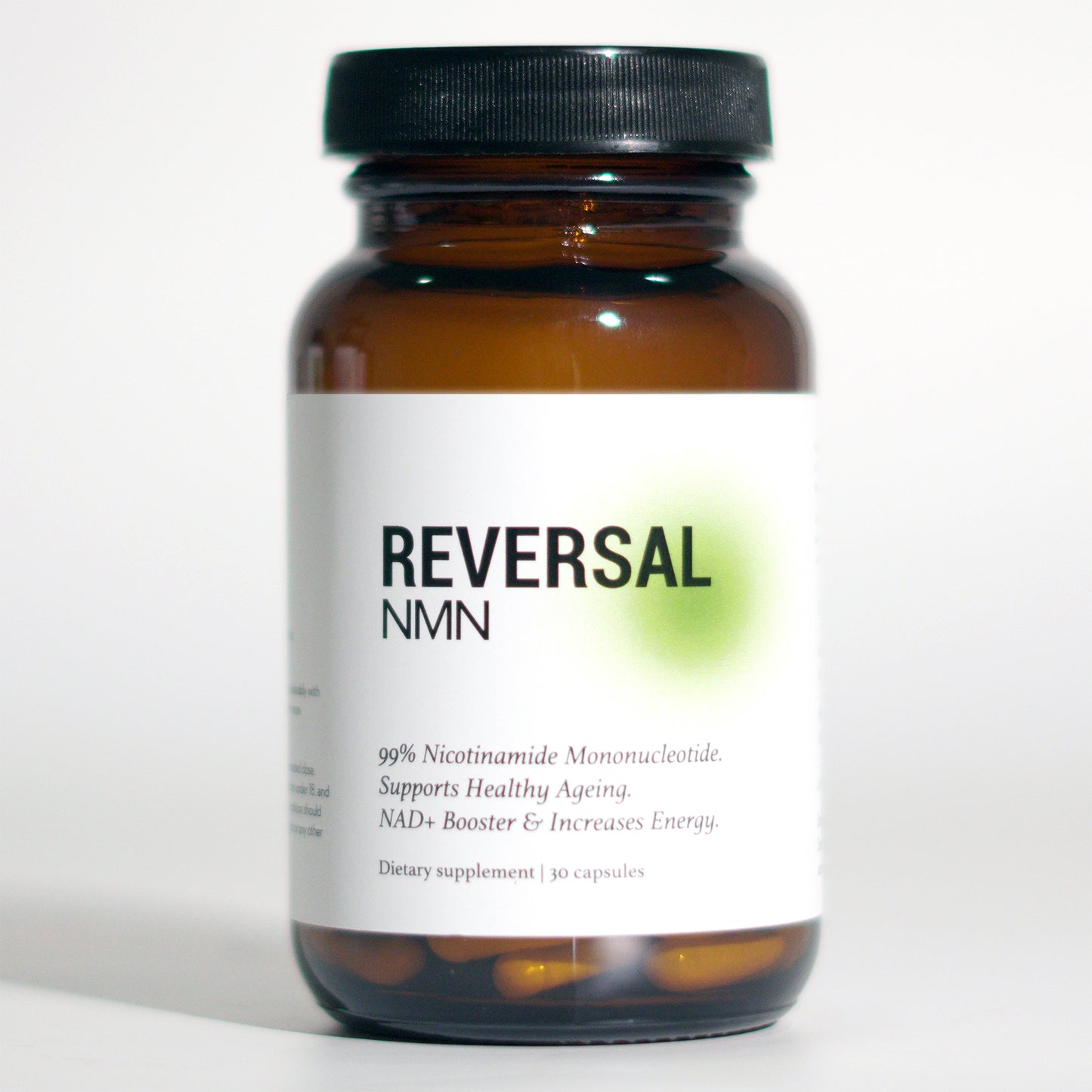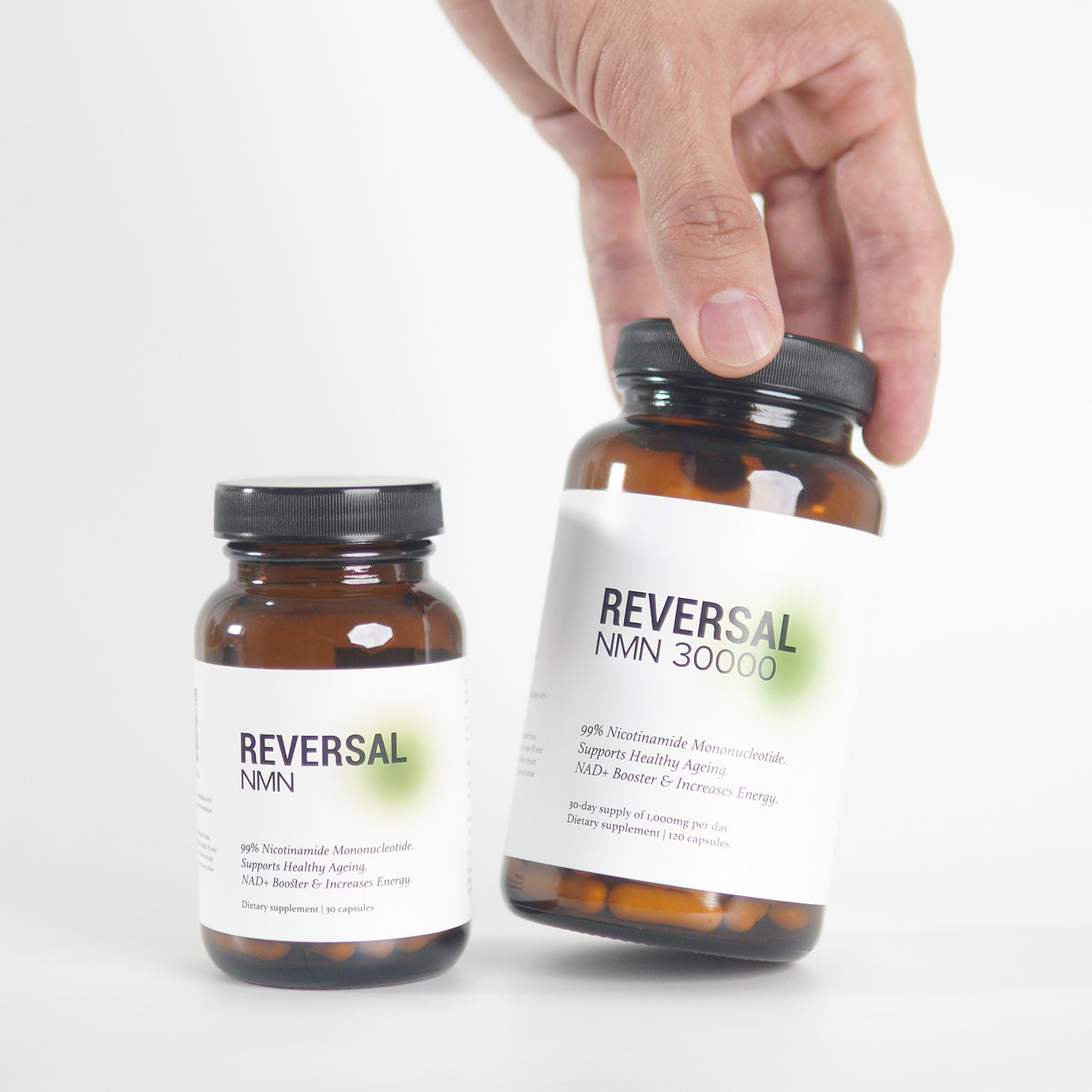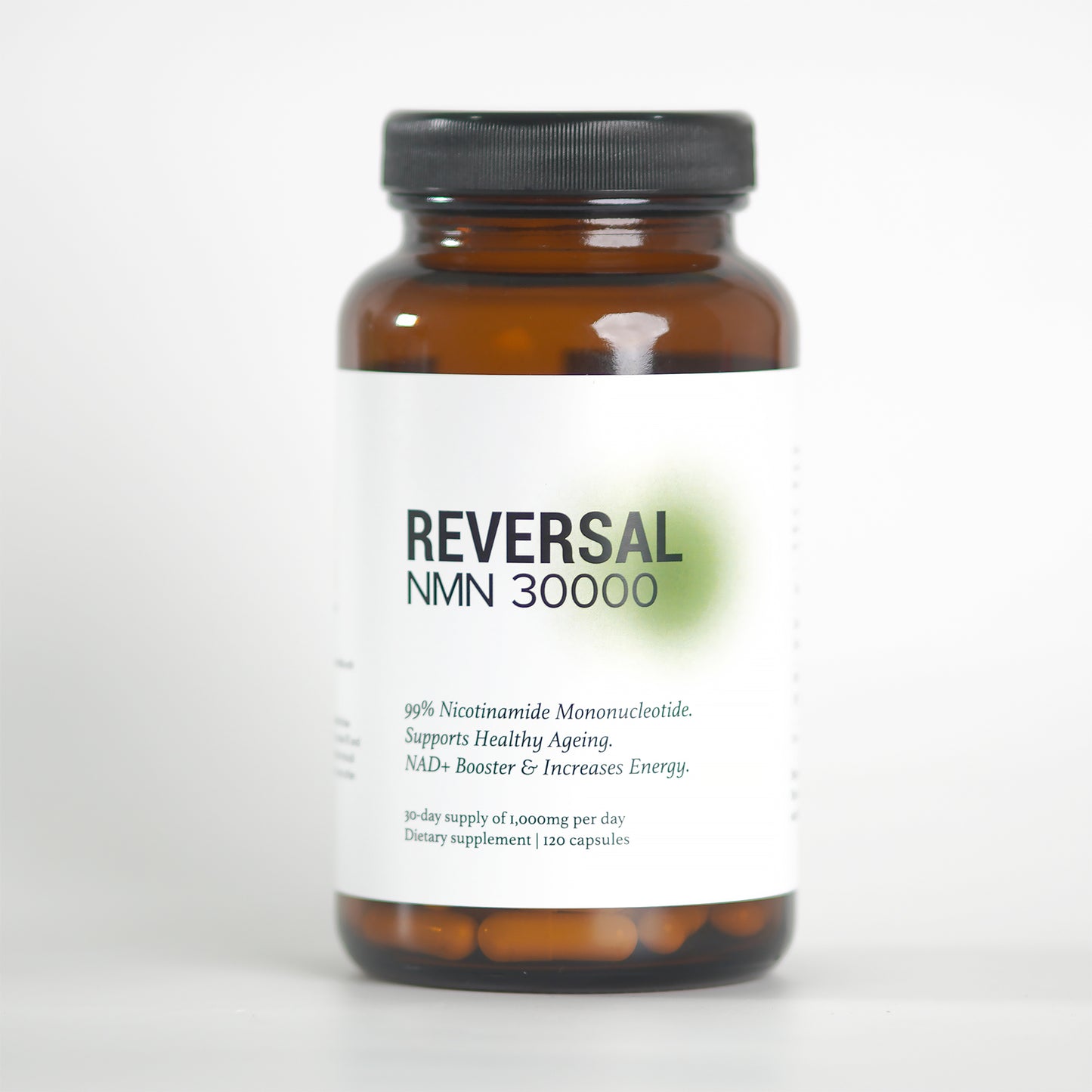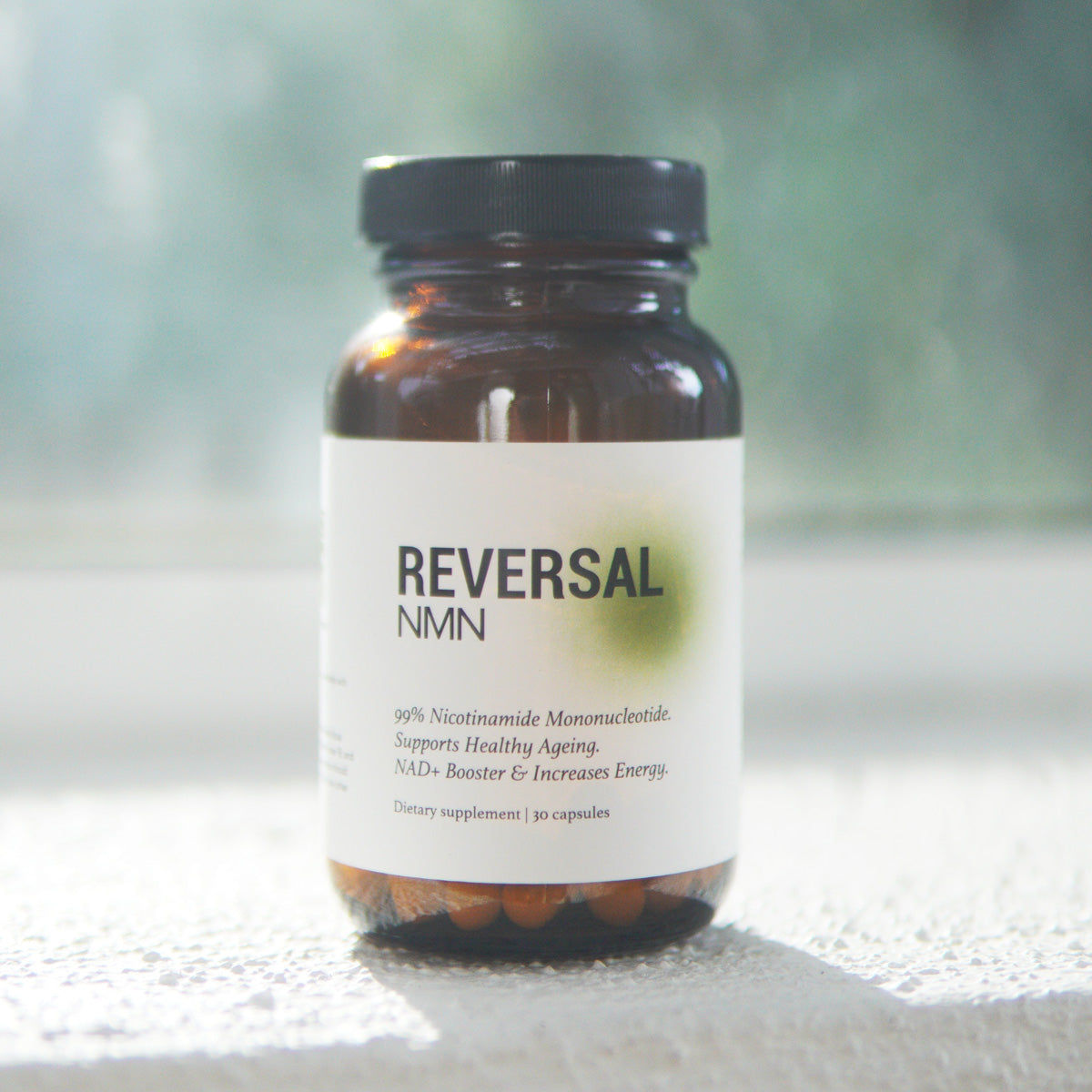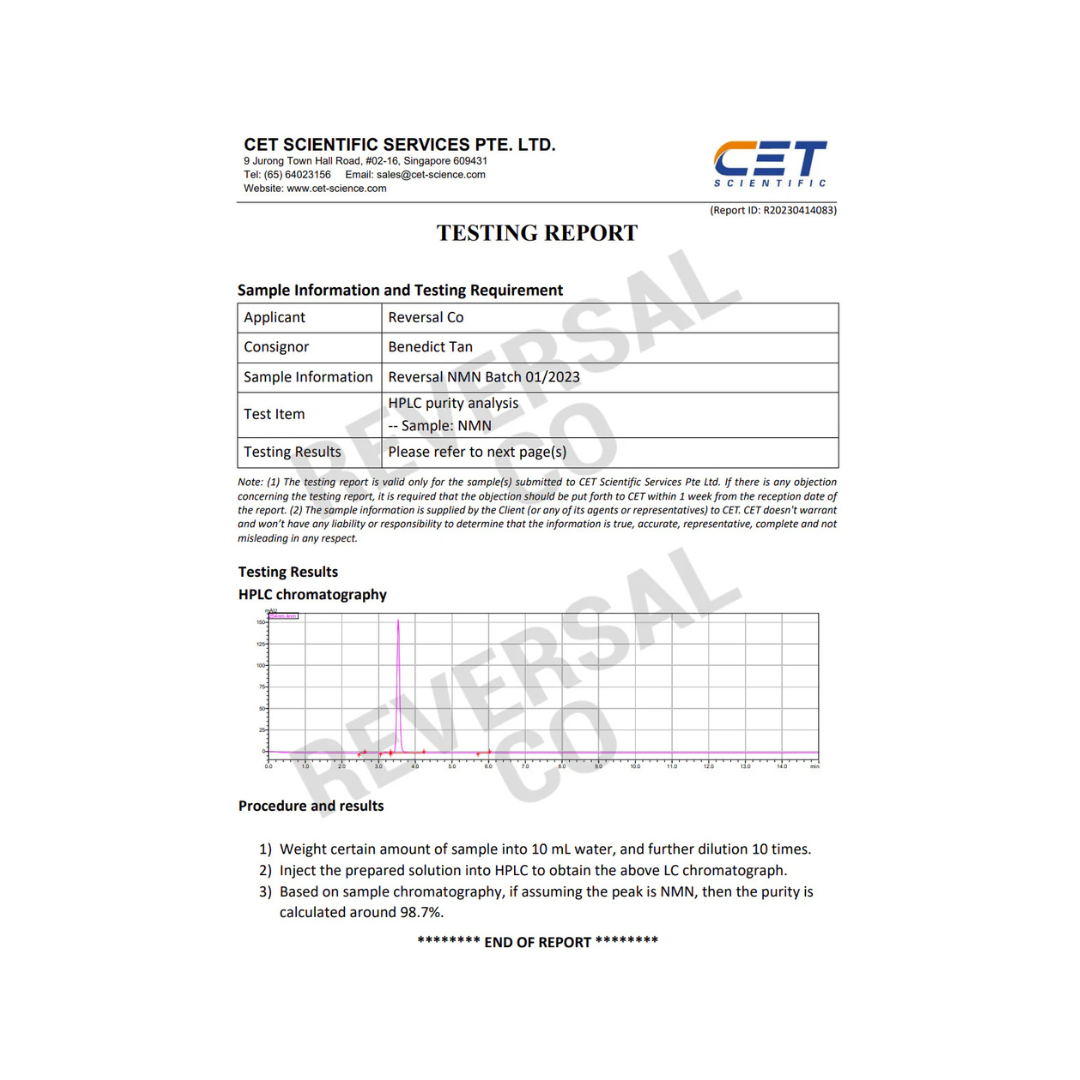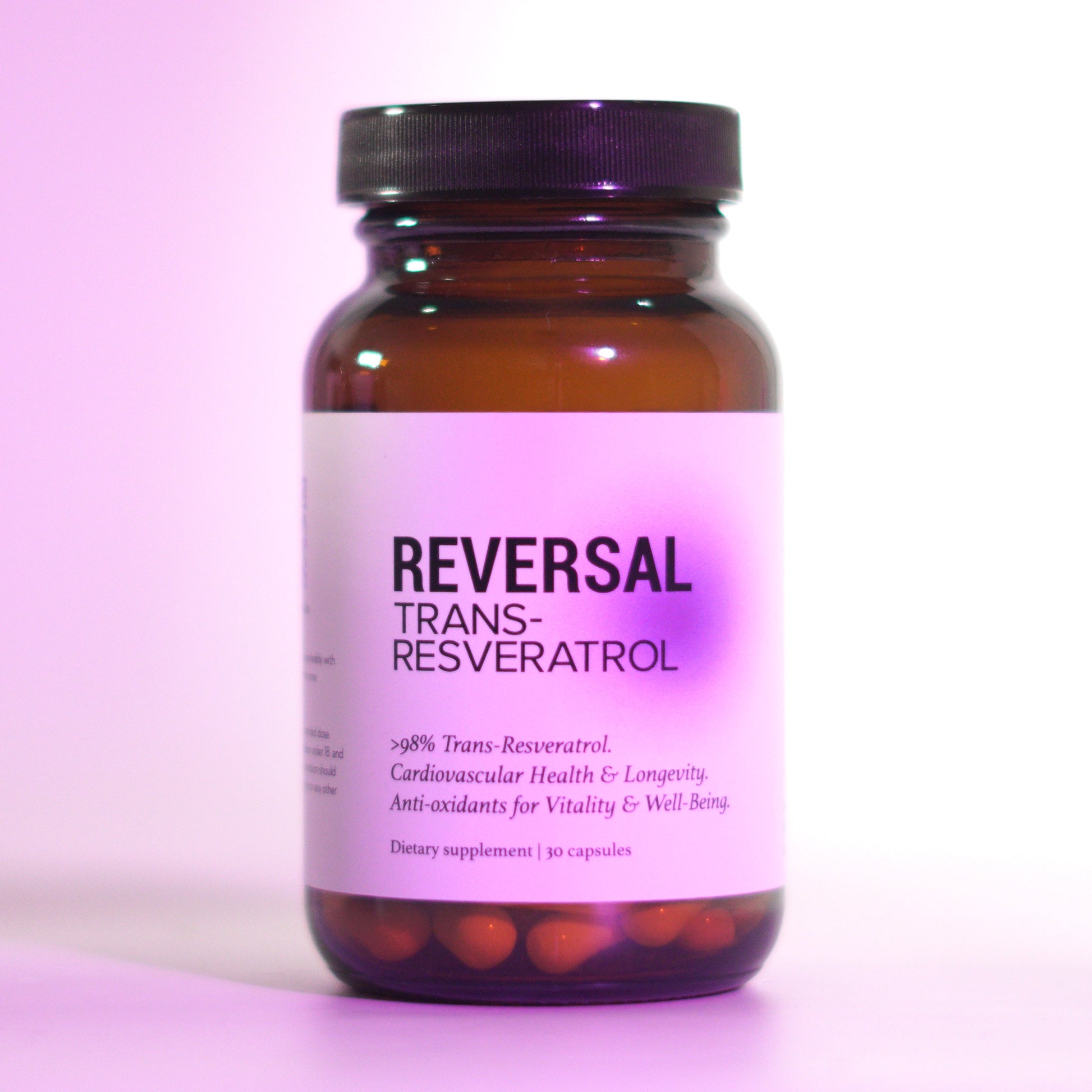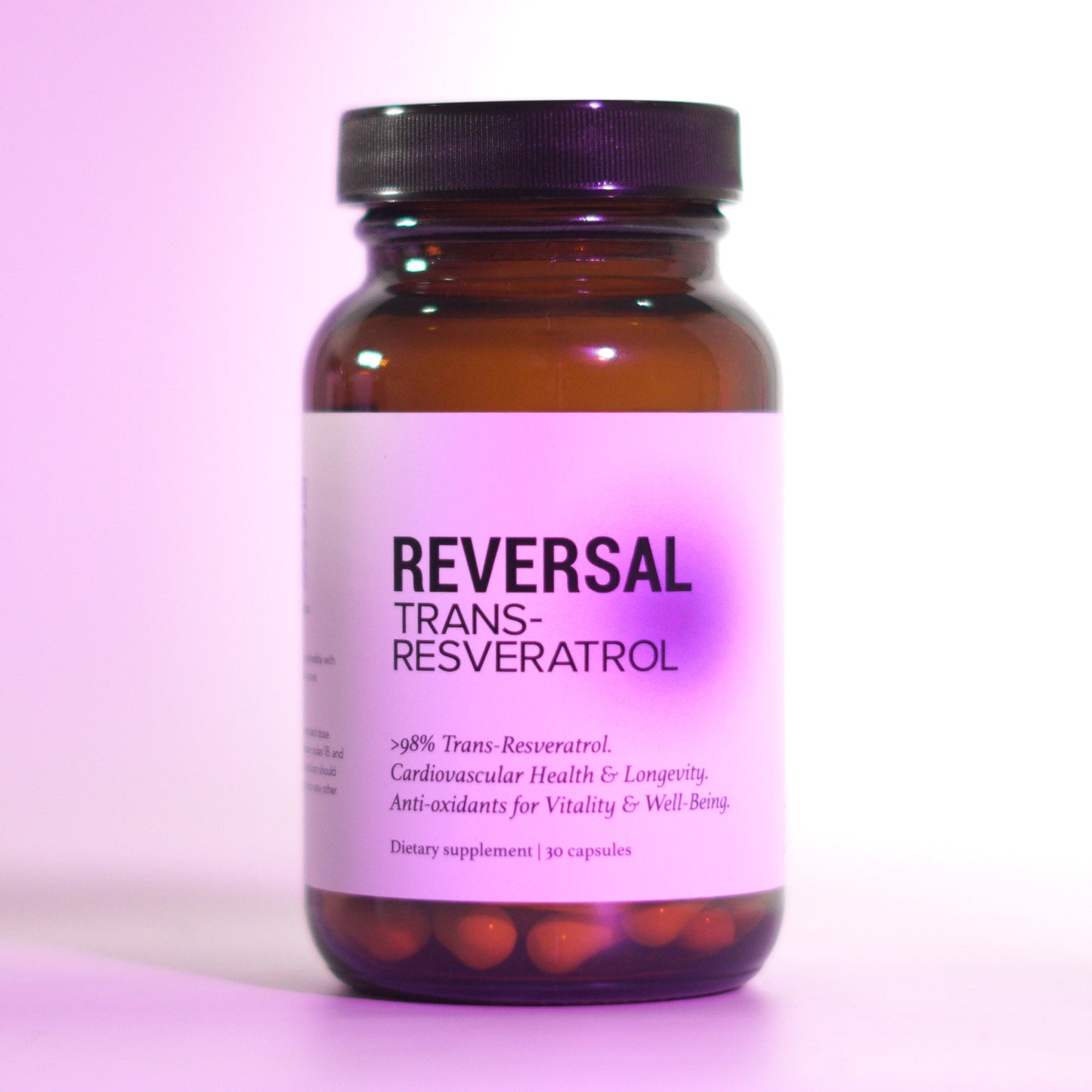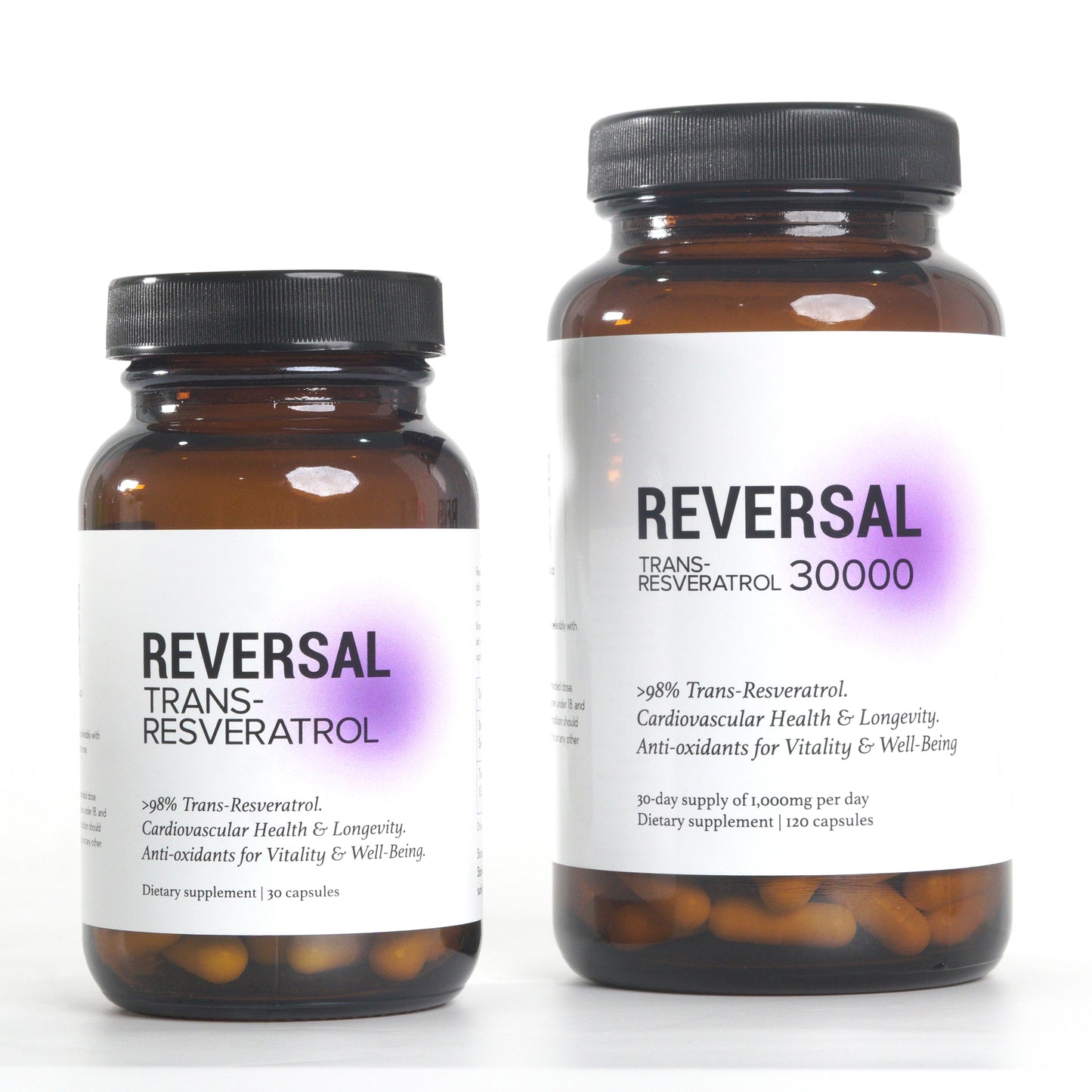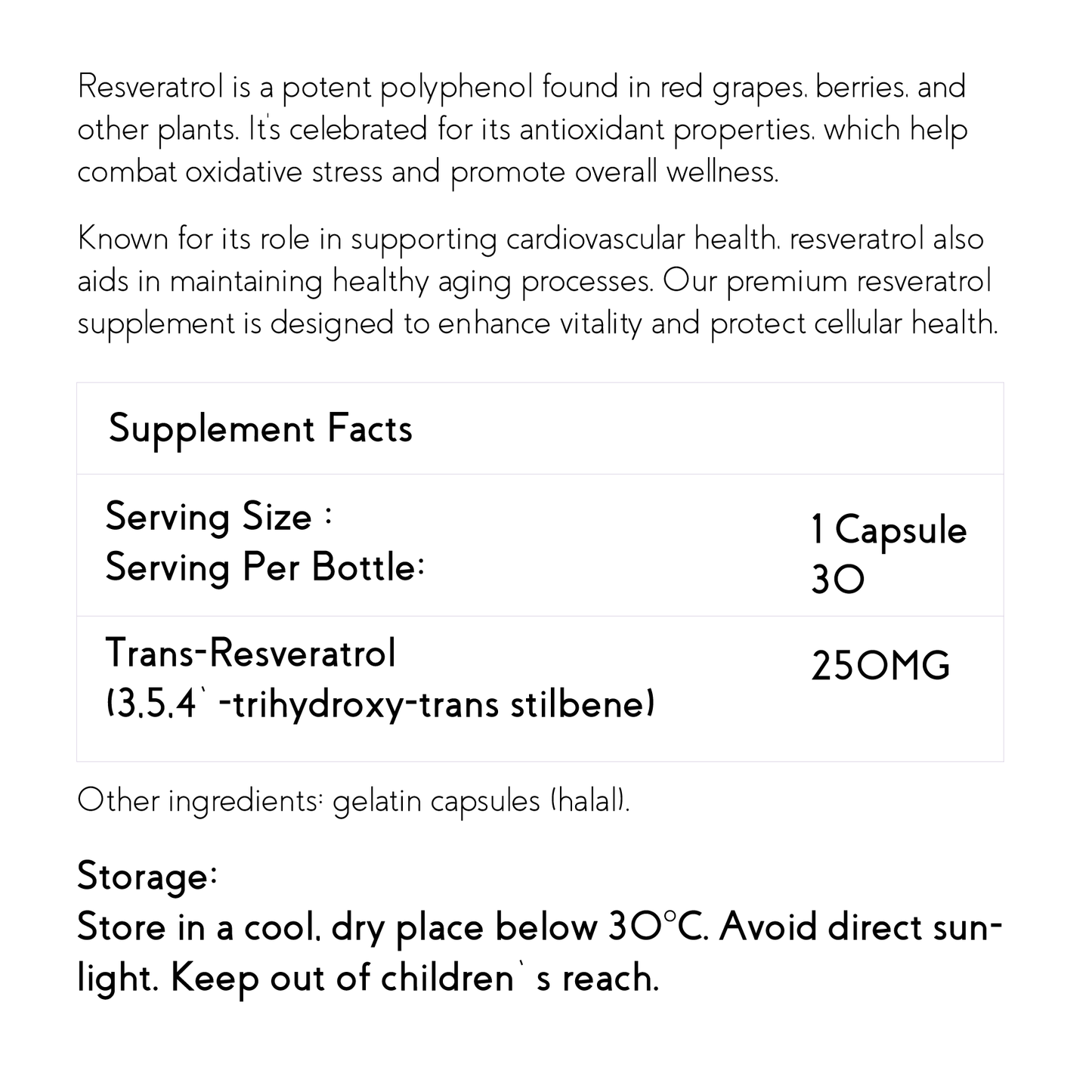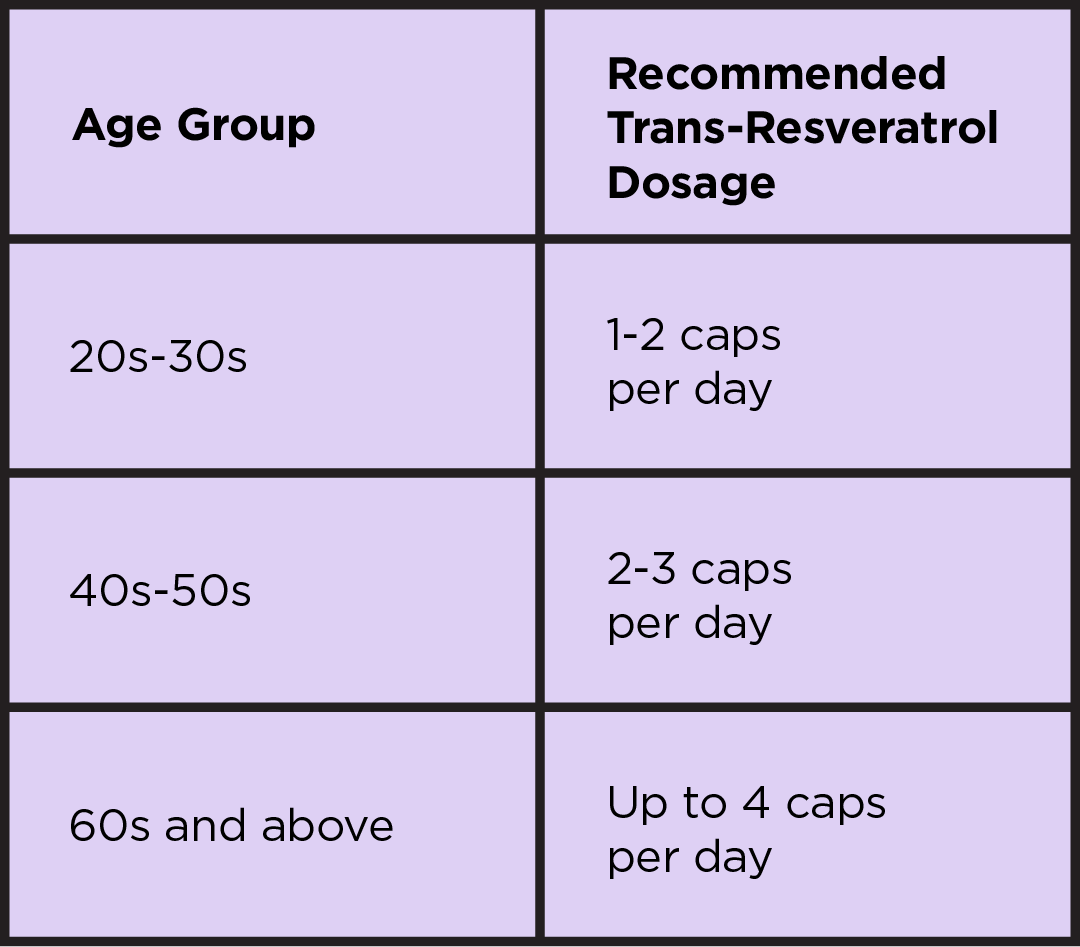Article Title:
Study Explores Potential Neuroprotective Effects of Nicotinamide Mononucleotide (NMN) in Treating Photoreceptor Degeneration
Introduction:
Photoreceptor degenerative diseases, such as age-related macular degeneration, diabetic retinopathy, and retinal detachment, are characterized by the separation of photoreceptors from the retinal pigment epithelium (RPE) or loss of functional RPE, leading to the death of photoreceptor cells. Currently, there are no effective pharmacotherapies available for treating these conditions. However, a recent study investigated the potential use of nicotinamide mononucleotide (NMN) as a neuroprotectant for photoreceptor degeneration.
The Role of NAD+ and SIRT1 in Eye Diseases:
Nicotinamide adenine dinucleotide (NAD+) is a crucial co-factor in redox metabolism, and its decline has been observed in various diseases. NAD+ biosynthesis has shown benefits in age-associated metabolic and neurodegenerative disorders. In the context of eye diseases, mutations in NMNAT1, an enzyme involved in NAD+ biosynthesis, have been linked to Leber congenital amaurosis. Studies have also shown that NMN can protect photoreceptors against light-induced damage in rodent models. Silent information regulator 2 (Sir2), a major effector of NAD+, has been found to play essential roles in aging, metabolism, cancer, stress response, neuronal function, inflammation, apoptosis, and DNA repair. SIRT1, a subtype of Sir2, has been identified as essential for retinal development and survival, and alterations in SIRT1 activity have been observed in several retinal diseases.
Objective of the Study:
The objective of the study was to evaluate the effects of boosting NAD+ on the retina and photoreceptors after induced retinal detachment (RD) and investigate the underlying mechanisms involved.
Results of the Study:
The administration of NMN after RD resulted in a reduction of photoreceptor degeneration and glial activation, as well as the preservation of outer nuclear layer (ONL) thickness. NMN supplementation also increased NAD+ levels and the expressions of SIRT1 and heme oxygenase-1 (HO-1) proteins. In vitro studies using 661W cells revealed that SIRT1/HO-1 signaling is a downstream effector of NMN-mediated protection under oxidative stress and LPS stimulation. Furthermore, even delayed NMN administration showed protective effects after RD.
Implications and Conclusion:
The study provides evidence of the neuroprotective effects of NMN in treating photoreceptor degeneration after RD. NMN administration attenuated neuroinflammation and oxidative stress, inhibited photoreceptor cell death, and promoted the survival of photoreceptor cells. The study suggests that NMN and SIRT1 may directly protect photoreceptor cells and suppress inflammation in the retina. However, further research is needed to understand the long-term effects, safety, and molecular roles of NMN and SIRT1 in retinal neuroprotection. The study also highlights the need to investigate other sirtuin family members and NAD+-dependent enzymes in retinal homeostasis, as well as the dosing and metabolism of NMN in photoreceptor cells for potential human use. Ultimately, NMN supplementation shows promise in rescuing photoreceptor degeneration and may be explored further in larger animals and clinical settings.
Supplementary Material and Acknowledgments:
The supplementary material contains additional figures that were not included in the main article. It can be accessed using the provided link, and the file size is 308KB. The authors acknowledge the help and support of the animal facility at Massachusetts Eye and Ear, as it played a significant role in conducting the experiments for this study. Financial support for the research was provided by various foundations and grants, and conflicts of interest were disclosed by the authors.
Title of paper: Neuroprotective effects and mechanisms of action of nicotinamide mononucleotide (NMN) in a photoreceptor degenerative model of retinal detachment
Author(s): Chen X, Amorim JA, Moustafa GA, Lee JJ, Yu Z, Ishihara K, Iesato Y, Barbisan P, Ueta T, Togka KA, Lu L, Sinclair DA, Vavvas DG.
Year published: 2020
Published in: Aging (Albany NY)
Original article can be found here.


